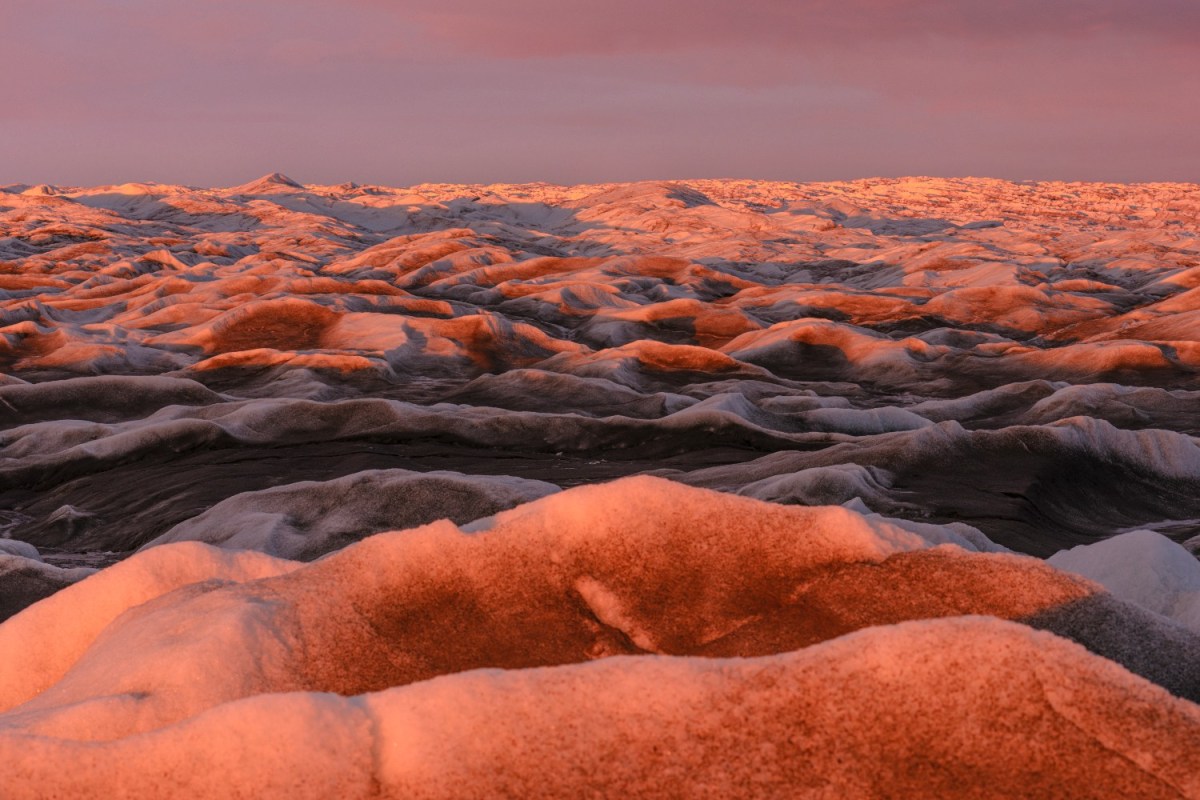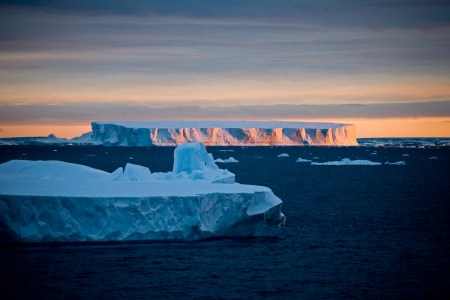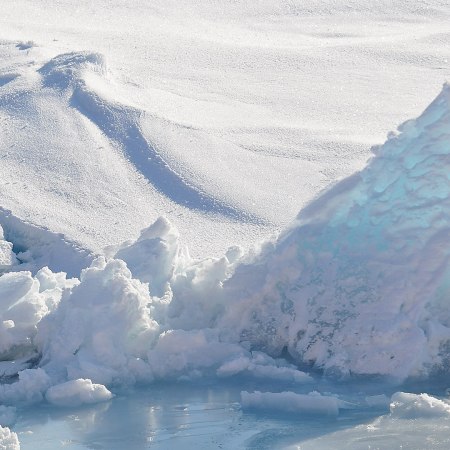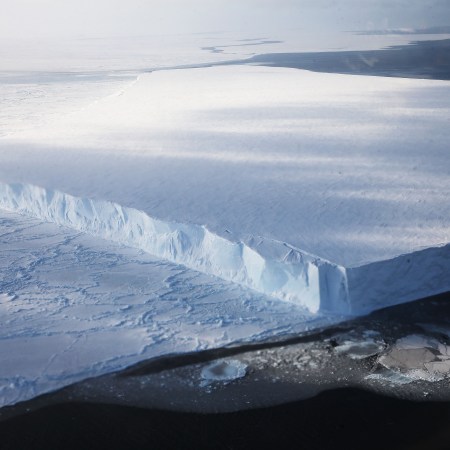What could be buried under 1,600 feet of ice in Greenland? No, this isn’t the trailer for a horror film in the vein of The Thing — at least, let’s hope it’s not. Instead, it’s a question that a group of scientists sought to answer with an ambitious research project known as GreenDrill. It was, as The Washington Post reported earlier this year, only the third such venture of its kind to venture far below Greenland’s ice.
And now, the scientists involved have begun revealing just what they discovered down there. As Nature‘s Alexandra Witze writes, a presentation of those findings occurred at a recent meeting of the American Geophysicists’ Union.
As Allie Balter-Kennedy told the assembled geophysicists, the preliminary findings point to a time in Greenland’s history when the land wasn’t covered with ice. The dig took place at the Prudhoe Dome, located in the northwestern part of the island. After digging 500 meters (or over 1,600 feet) into the ice, the scientists brought rock and sediment up to the surface. After analyzing these samples, the scientists determined that the land had been ice-free for 40,000 years — though it’s unclear as of yet if that span of time was continuous or intermittent.
The applications of this research goes beyond learning about Greenland’s past. The behavior of the ice covering much of the island can also tell us about how it may have contributed to rising sea levels in the past — helping scientists better understand the effects of climate change.
Giant Landforms Recently Discovered Under Arctic Ice
Large landmasses, some as tall as the Eiffel Tower, could be breaking up Antarctica’s ice.Earlier this year, a pair of studies indicated that glaciers on Greenland were melting faster than had previously been predicted. A New York Times article from November explored the ramifications of these studies on both the landscape of the island in question and on sea levels worldwide. It’s another example of looking to the planet’s past to better anticipate what might be next.
This article appeared in an InsideHook newsletter. Sign up for free to get more on travel, wellness, style, drinking, and culture.



















